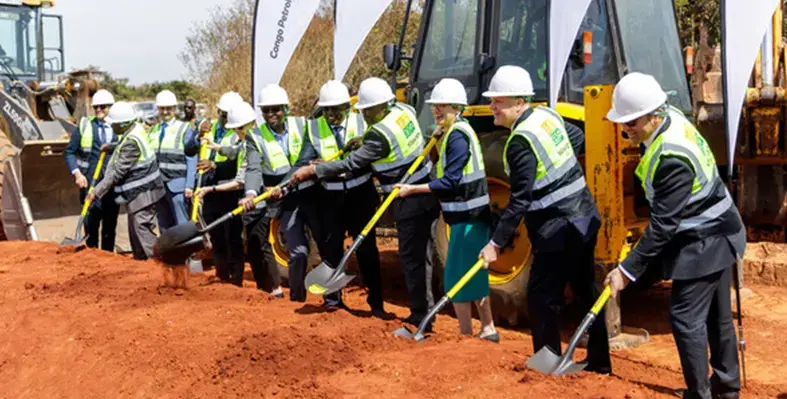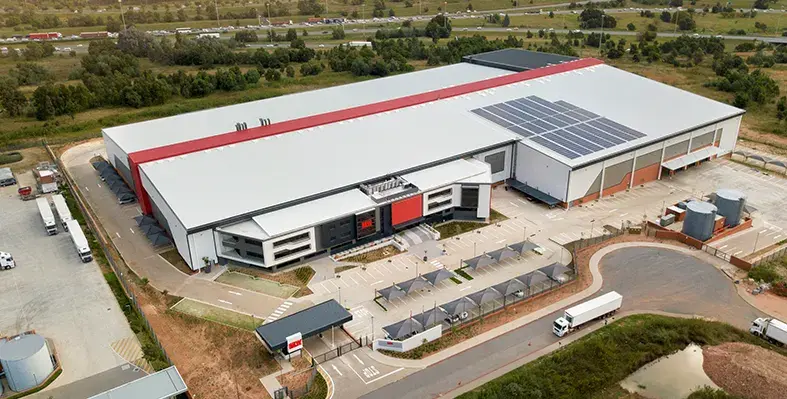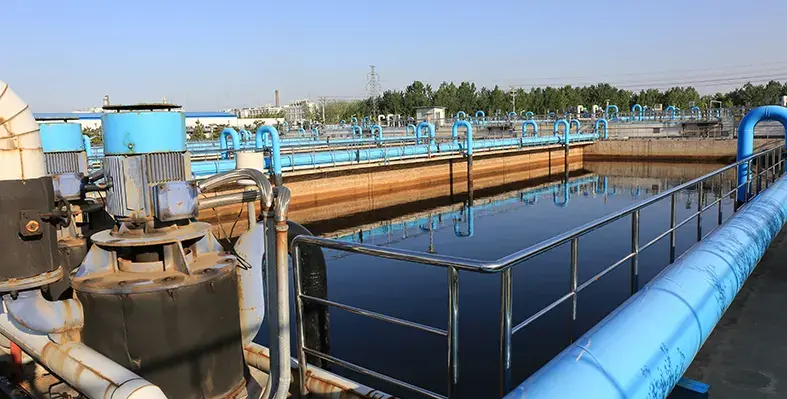Initial site work has begun on the construction of a new US$50mn Pepsi bottling plant and a Congo Petrol fuel depot at Kiswishi City Special Economic Zone (SEZ) in Lubumbashi
It represents the first private SEZ in the Democratic Republic of Congo (DRC) and is being developed by Rendeavour, which describes itself as ‘Africa’s new city builder’.
The SEZ project is being supported by American, British, New Zealand and Norwegian investors.
US, British and Congolese government officials took part in a groundbreaking ceremony to mark the start of construction work, alongside executives from PepsiCo (Varun Beverages), Congo Petrol, and Rendeavour.
Preston Mendenhall, group chief operating officer of Rendeavour, said the company’s investment in Kiswishi City SEZ represents “something profound” for the DRC.
“Rather than extracting resources from the landscape, we are literally adding to it, in the form of high-quality infrastructure – power, water, roads, and internet. We are building a mixed-use, mixed-income, inclusive, and environmentally friendly entirely new city for Congolese.”
It is hoped the investments at Kiswishi City SEZ will eventually create thousands of jobs and expand the PepsiCo brand in the DRC’s fast-growing Haut-Katanga Province.
Developed by India's Varun Beverages, Pepsi's largest bottler outside the USA, the facility sits on 15 hectares (37 acres) of land at Kiswishi City SEZ.
Congo Petrol, a distributor and licensee of Kenya's Dalbit Petroleum, will develop a state-of-the-art 8,000 cubic metre petroleum products storage and warehousing facility sitting on seven hectares (17 acres), enhancing its capacity to efficiently serve the growing demand in the region.
Other businesses at Kiswishi City SEZ also include Queen Energy, Zindua Investment, SDG Afrique, Congo Mineral Services and Congolese Analytical Laboratory.
Phase one of Kiswishi's residential estate, Kimia, is 98% sold out.
“Rendeavour and Kiswishi City SEZ — with their American, British, New Zealand and Norwegian shareholders — add tremendous value to our economy by investing in critical infrastructure and well-organised new cities,” said Jean-Marie Kanda, senior advisor to the president of DRC.
“Rendeavour deserves appreciation for the confidence and momentum it has given to the Congolese industrial sector.”
Rendeavour also boasts similar mixed-use cities in Kenya, Nigeria, Ghana and Zambia that have catalysed billions of dollars in foreign and domestic investment, creating thousands of jobs for young Africans.
“Thank you to the investors who believe in the long term,” said Lucy Tamlyn, US Ambassador to the DRC. “Kiswishi City SEZ is very much a long-term investment that requires a lot of faith, confidence, and support.”
Read more:
Emirates Logistics to build new facility in Kenya's Tatu City
Robust hotels sector growth boosts construction








 Other advantages that were welcomed include the printer’s high mechanical resistance in everyday use (it can withstand falls from a height of up to 1.2m) and its long battery life, allowing it to print up to 4,500 labels when fully charged (so it can be used anywhere at the installation site).
Other advantages that were welcomed include the printer’s high mechanical resistance in everyday use (it can withstand falls from a height of up to 1.2m) and its long battery life, allowing it to print up to 4,500 labels when fully charged (so it can be used anywhere at the installation site). It is easy to understand why Brady’s
It is easy to understand why Brady’s 
